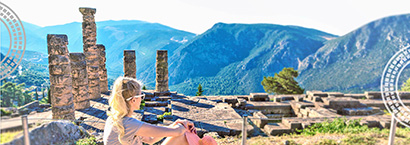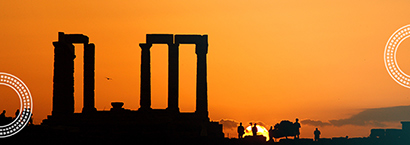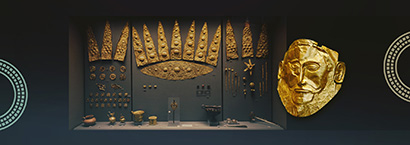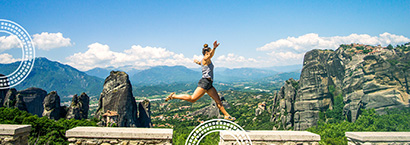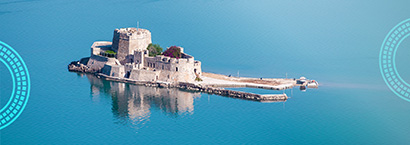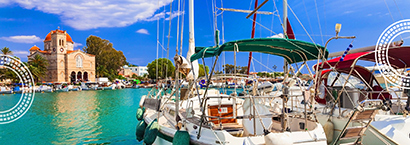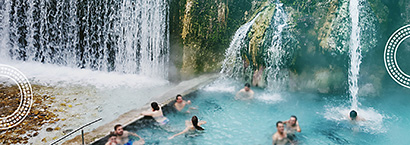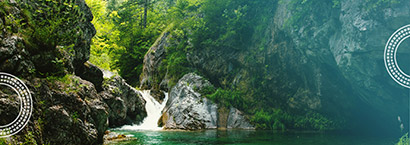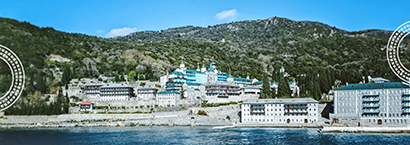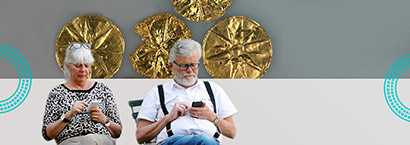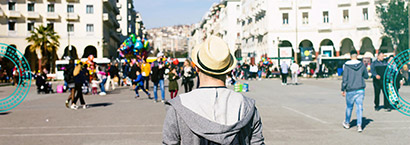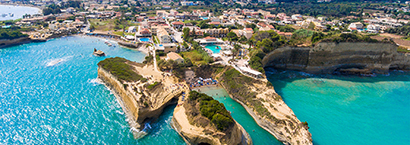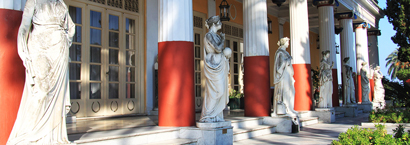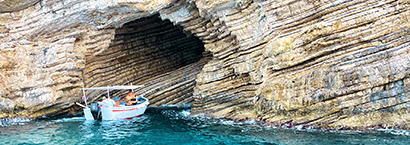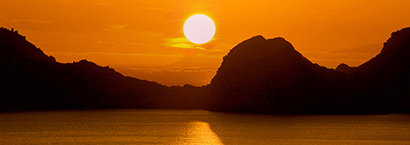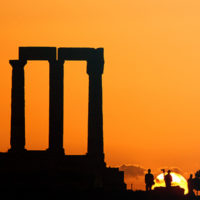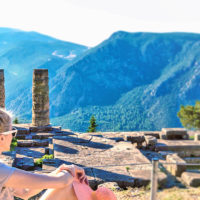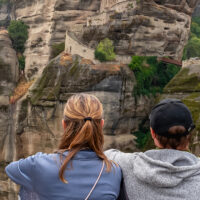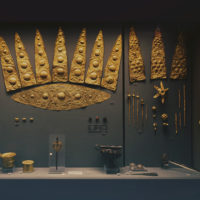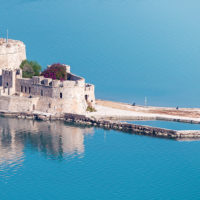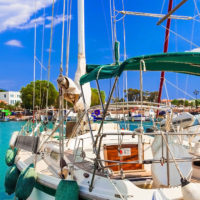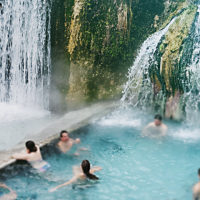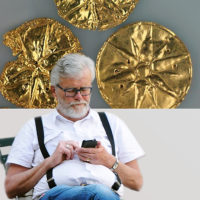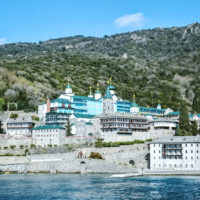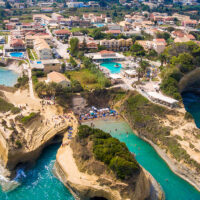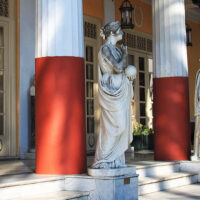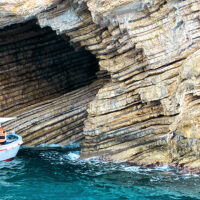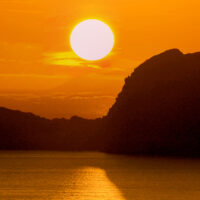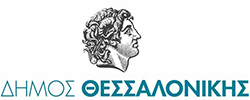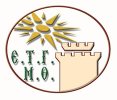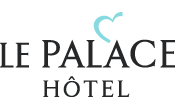Day Trip to Dion and Mount Olympus from Thessaloniki
Excursion to the mythical mountain of the 12 Gods of Olympus, the history and the culture!
HIGHLIGHTS
- Visit and explore the museum and archaeological site of Dion
- Embark on a trek on Mount Olympus, following the Agia Kori trail
- Enjoy a swim in the cool emerald waters of the Agia Kori waterfall
- Visit the National Park Information Center
- Enjoy traditional local flavors during the lunch break
STARTING POINTS AND DEPARTURE
- Starting point: Aristotle’s Square & Egnatia Street (Venizelos Statue) 08:00
EXCURSION DURATION
- 10 hours (3 hours on the road)
DESCRIPTION OF THE EXCURSION
Embark on a captivating journey to explore the archaeological park of Dion and the enigmatic Mount Olympus, delving into the myths and mysteries that have shaped these iconic sites. The tour offers a unique blend of ancient culture, mythical landscapes and rare natural beauty, a Natura park, providing an immersive experience into Greece’s rich history and legendary past.
Your adventure begins to the ancient city of Dion. Dedicated to Zeus, the Father of the Olympian Gods, Dion was a significant religious center for the Greeks and Romans. As you explore this sacred city, you will uncover its historical glory, walking through the archaeological site that once hosted grand temples, theaters, and public buildings. The visit to the archaeological museum of Dion will allow you to admire artifacts and magnificent mosaics, offering a glimpse into the daily lives and artistic achievements of its ancient inhabitants.
Venture into the legendary Mount Olympus National Park, the mythical home of the Olympian gods. Known for its mysterious allure, Mount Olympus stands as a symbol of divine presence and power in ancient Greek culture. As you embark on a trekking tour along the slopes of this majestic mountain, you will follow the path along the Agia Kori Waterfall, where the highlight of this trek is a stop at a picturesque waterfall along the stream. There, you can enjoy a refreshing swim in the crystal emerald green waters, a perfect spot to relax and admire the flora of the mountain. As you explore Mount Olympus, you will learn about mysterious mysterious rumors and reported phenomena by visitors over the centuries and the creation story of the Olympian gods.
Next, we visit the Olympus National Park Information Center. Gain deeper insights at the Center with its audiovisual exhibits showcasing the park’s rich biodiversity and cultural significance. Enjoy a delicious lunch break with local specialties and delicious Greek tastes. This isn’t just a tour; it’s a time travel adventure! Discover the myths, landscapes, and way of life that have shaped Greece for centuries.
THE PRICE OF THE EXCURSION INCLUDES
- Pickup and drop-off from Aristotle’s Square & Egnatia Street (Venizelos Statue)
- Bus transportation to all locations
- Air-conditioned comfortable bus
- English speaking trip attendant –archeologist-historian
- Basic travel insurance (during transportation)
- Free wi-fi
- Available baby seat with request
NOT INCLUDED
- Food (lunch or beverages), personal expenses
- The entrance fee to the archaeological site and museum of Dion, 8€ in total
- Tour-guide to the museum and the archaeological site of Dion
- Tips
ΑNCIENT DΙΟΝ
The most sacred city of the Macedonians, Dion, was at that time only 1.5 kilometers from the sea and the so called Vafyras river was flowing through it. We have the first written reports mentioning Dion in the 5th century BC, but it was King Archelaos I who upgraded the city of Dion to a cultural and religious center of the region. The Macedonian King chose the city because of its connection with the worship of the Muses and Zeus, and thus Dion had in ancient Greece a prestige like this of Delphi in Sterea Hellas and Olympia in the Peloponnese. Temples, stadiums, walls were built and sculptures and statues were placed, while in the ancient Greek theater of Dion the tragedian Euripides staged his plays, “Bacchae” and “Archelaos”.
During the Hellenistic period, Dion reached great prosperity, while at the same time the greatest Macedonian kings held in the city important victory celebrations. Philip II, father of Alexander the Great, organized in the city fights to thank the gods after the victory of his army in Olynthos, Chalkidiki, in 348 BC. Together with his son Alexander they made sacrifice in Dion to celebrate their great victory over the united Greek cities-states in the battle of Chaeronea in 338 BC. Alexander also celebrated in Dion the subjugation and destruction of the city of Thebes in 335 BC, offering sacrifice to the gods before beginning his long expedition in the depths of Asia. One year later, in Dion, the Greek army commander sent twenty-five bronze statues, one for each dead soldier of the battle, to honor them after his first major victory against the Persians in the Granikos River of Asia Minor.
A century later, in 220 BC, Dion fell victim to the army of the Aetolians who ravaged the city and burned the Temple of Olympian Zeus, while a few years later the city was finally subjugated to the Romans. During this period, Dion flourished as one of the earliest colonies of the new conquerors in the Macedonian area. Roman citizens were relocated as emigrants from Italy, the city was developed commercially and its monuments and statues were transferred to Rome.
During the Early Christian years, the powerful Roman colony was shrunk and in its central area a basilica church was built at the end of the 4th century AD. The transition to the new religion is testified by a second basilica built on the ruins of the ancient city and a third one outside its walls.
Dion fell victim to the invasion of the Ostrogoths in the 5th century AD, which, in combination with the floods of the Vafyras River and earthquakes, contributed to the gradual abandonment of the city and the transfer of its inhabitants to safer areas at the foot of Mount Olympus. In the 14th century AD Dion followed the fate of the rest of Macedonia and was captured by the Turks, who destroyed it from its foundations. For the first time in the early 19th century AD the ruins of Dion, which were lost in the dense vegetation and the waters, were again identified with the ancient glorious city.
Archaeological research in the area began in the early 1900s and to this day they have brought to light the sanctuary of Isis and other gods of Egypt, the small temple of the Ypolympidia Aphrodite (named like that because she was honored under the Mount Olympus), the ancient sanctuary of Demeter, a Hellenistic theater of the Philip II era and a Roman Theater of the 2nd century AD, a stadium, the villa of the god Dionysus with the magnificent mosaics, a cemetery, shops, stone columns (in the temple of Zeus), a conservatory, walls, musical instruments (such as hydraulis, an ancient wind musical instrument) and baths.
The present image of the archaeological site responds mainly to the Roman period of the city. The archaeological finds of the excavations are exhibited at the adjacent museum of Dion. Today, the ruins of the city are at a distance of about 4 kilometers from the sea.
In Dion, every year it is held a mosaic exhibition at the Center of Mediterranean Mosaic in the context of the Olympus Festival.
ΟLYMPUS AND LITOHORO
At the foot of Mount Olympus, it is built, apart from the ancient settlement of Dion, the beautiful Litohoro, a starting point of the ascent to the mountain of the gods. From Litohoro it begins the path that crosses the Enipeas gorge with its unique beauty and its crystal-clear waters – so clean that fish cannot survive due to the lack of nutrients and seaweed, it passes from Prionia position, the last point of access by car, and it ends in the central refuge of Olympus, the Zolotas refuge. Litohoro grew around the monastery founded by Saint Dionysius in the 16th century AD. and since then it has evolved into a homeland of sailors and ship owners, taking advantage of the odd freedom that the village enjoyed by the Ottoman authorities as a mountainous place.
The historic old Monastery of Saint Dionysius is 18 km away from Litohoro and within walking distance of it and deep inside the forest is the cave where the Saint lived.
- Please note that the daytrip schedule may be modified according to current weather conditions. In case of unfavorable weather conditions (mostly during the winter season).
- You should be at the departure point 10΄ before the time indicated in the schedule. The bus cannot remain at designated stops, except for boarding
- This is not a hiking tour; it’s marked red trail that is easy and accessible for everyone.
- The trekking is not suitable for individual with mobility issues, pregnant women, and infants.
- In winter season, 01/11 – 31/03, the general entrance fee to the sites is 4€
- Wear comfortable shoes to walk around the archaeological sights and the short trekking
- In summer season bear in mind to have sunglasses, sunscreen and a hat
- Please be consistent with the exact appointment times specified by the Ammon Express escort, so that the excursion will remain unforgettable to all participants
- Have a nice trip and an unforgettable experience!
- Don’t forget to share pictures and comments from your experience!


